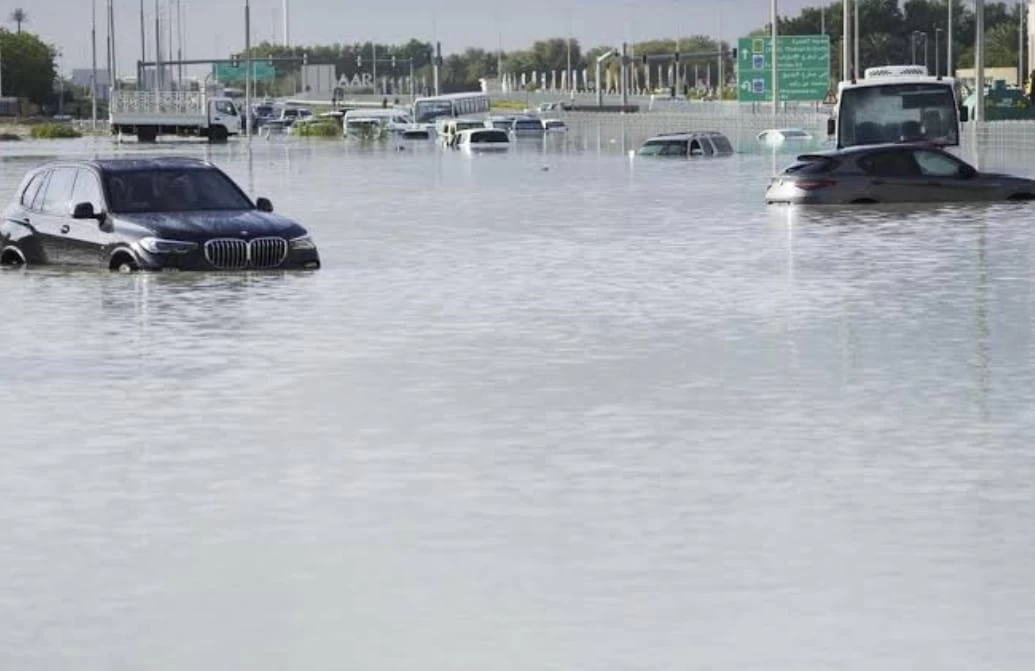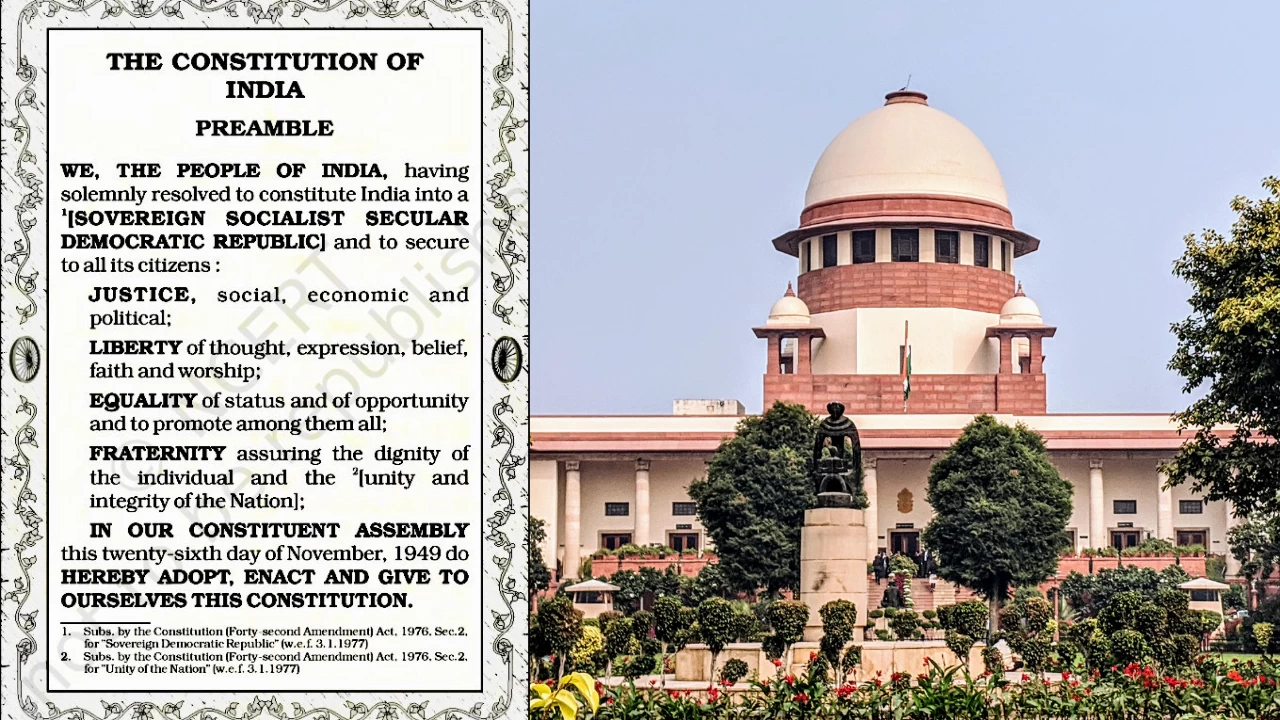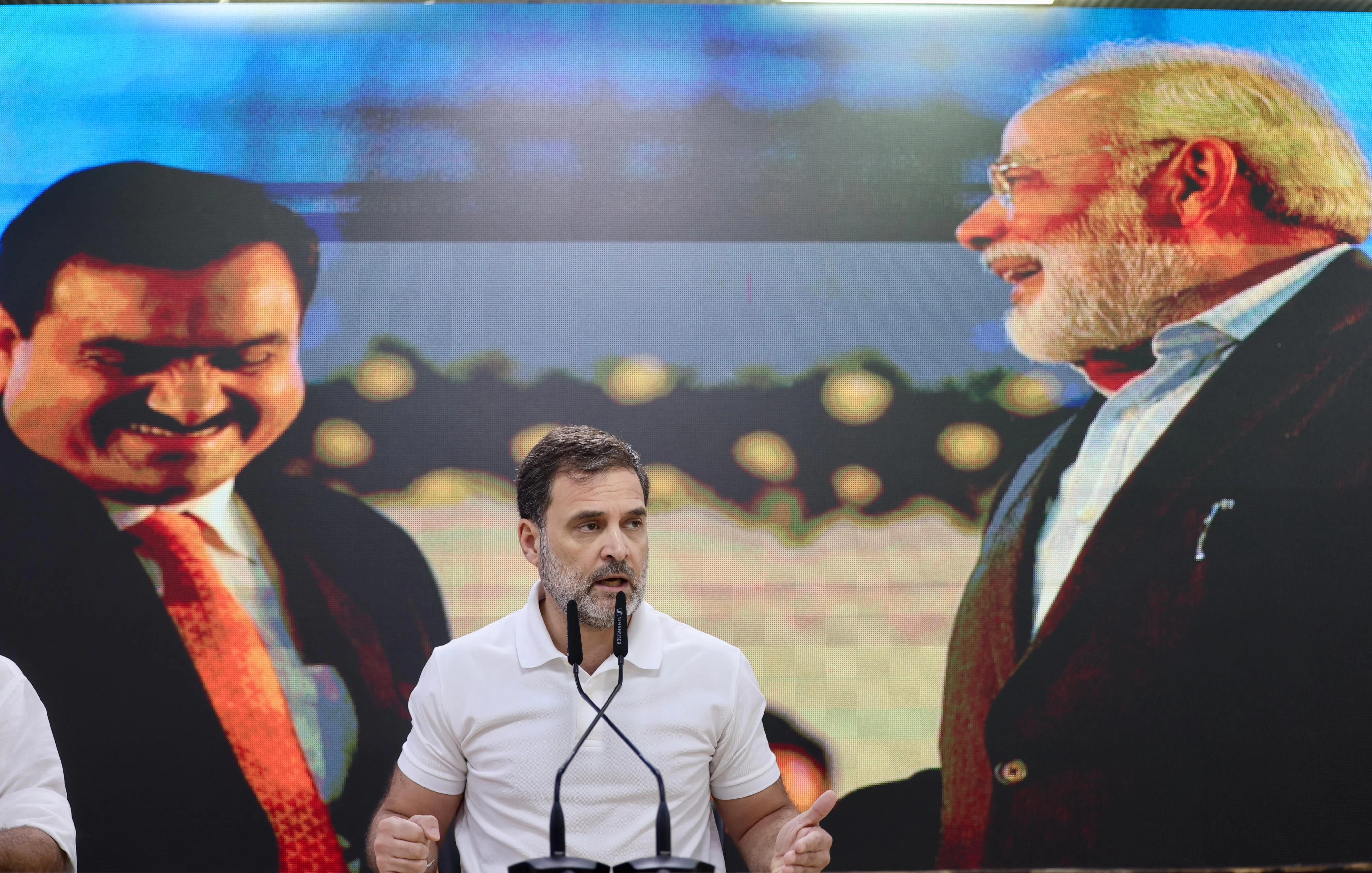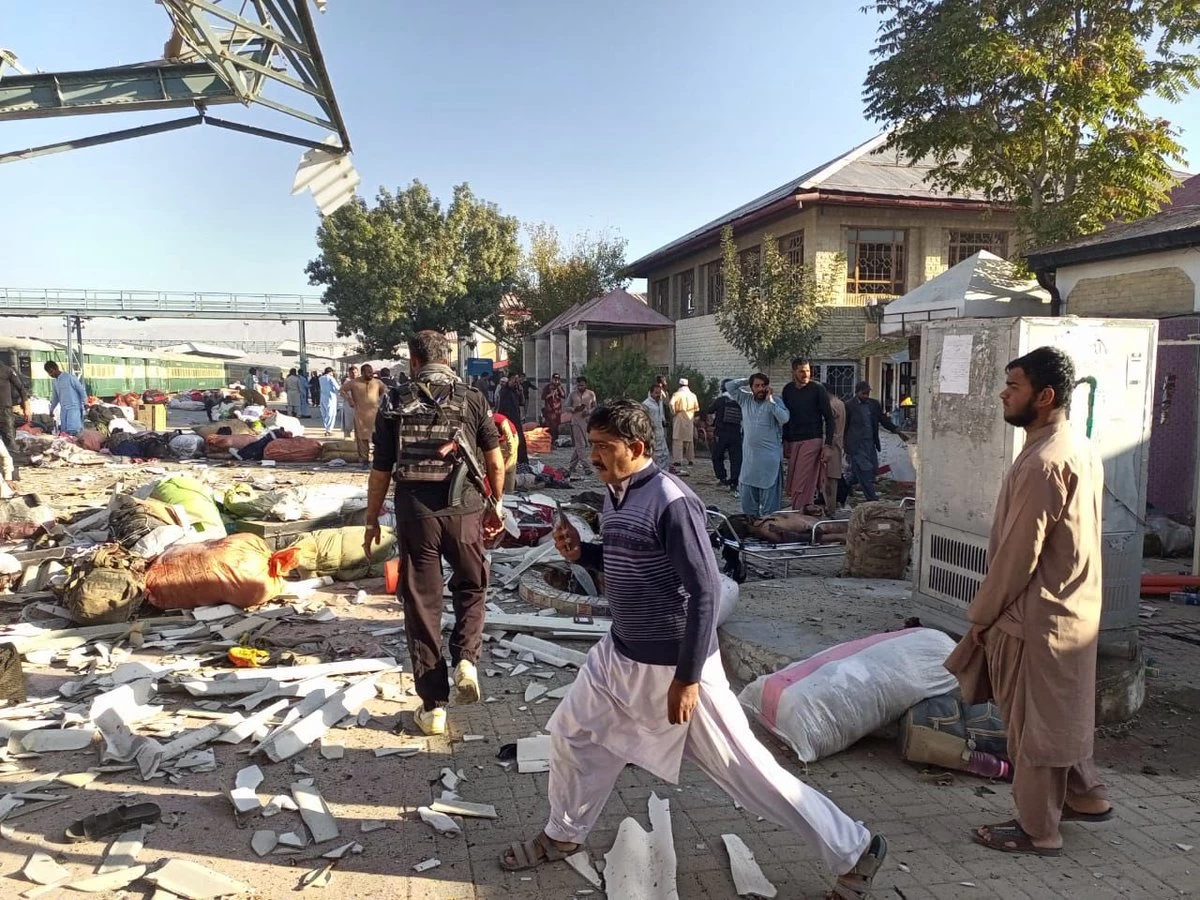Latest Updates
UAE Grapples with Worst Rainfall in 75 Years: Daily Life Brought to a Standstill

Unprecedented heavy rains have swept across the United Arab Emirates bringing daily life to a standstill. According to government reports, this marks the largest amount of rainfall received in the past 75 years.
The downpours began late Monday and intensified throughout Tuesday, with more than 142 millimeters of rain soaking Dubai in just 24 hours – an amount equivalent to the city's average annual rainfall.
Dubai, home to the world's busiest international airport, experienced flight delays and cancellations as runways were submerged, leading to a temporary suspension of operations.
Cloud seeding, a technique employed by the UAE since 2002 to enhance rainfall, has been suggested as a contributing factor to the torrential downpours. Despite efforts to address water security concerns, the lack of proper drainage infrastructure exacerbated the flooding across the country.
The effects of the storm were widespread, with flagship shopping centers and transportation hubs like the Dubai Mall and Dubai Metro station suffering from ankle-deep water. Lightning illuminated the sky, occasionally striking the Burj Khalifa, the tallest building in the world.
The impact extended beyond urban areas, with residential communities and roads flooded across the Emirates. Schools were closed, and even the Asian Champions League football semi-final was postponed due to the inclement weather.
Neighboring countries also felt the brunt of the storm, with Bahrain experiencing heavy rain and flooding, and Oman facing deadly flash floods that claimed multiple lives.
While individual weather events are challenging to directly attribute to climate change, both the UAE and Omani governments have previously warned of the increased likelihood of flooding due to global warming. Scientists suggest that climate change amplifies the frequency and intensity of extreme weather events, underscoring the urgency of addressing environmental concerns.














